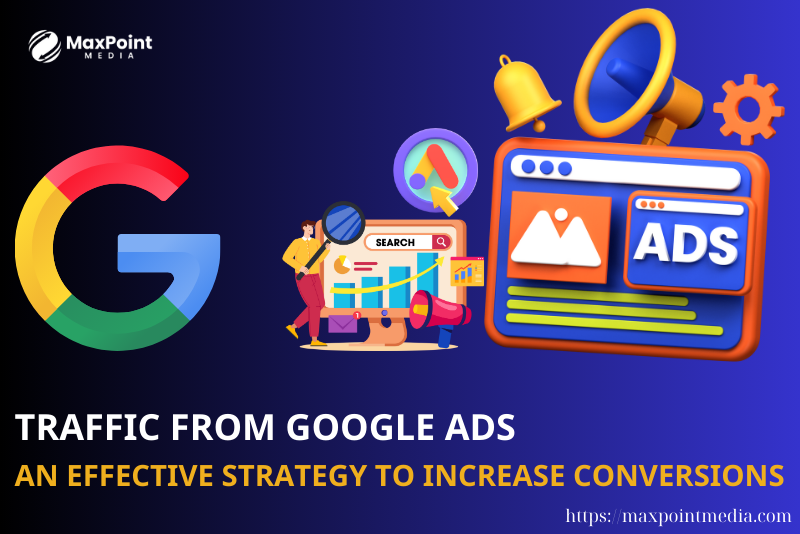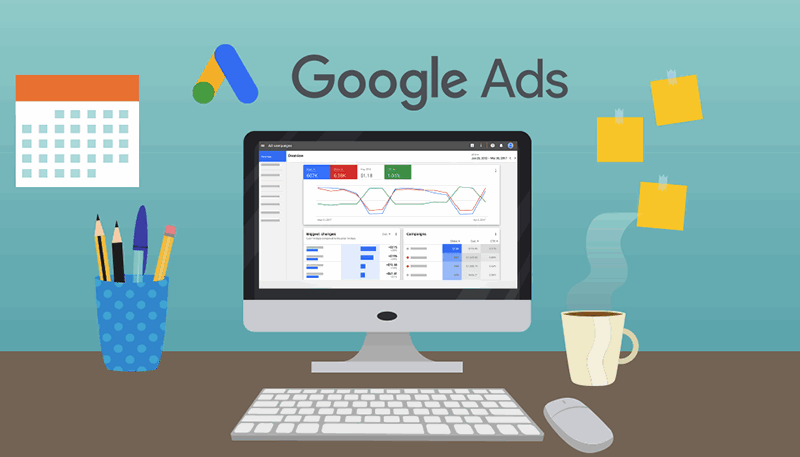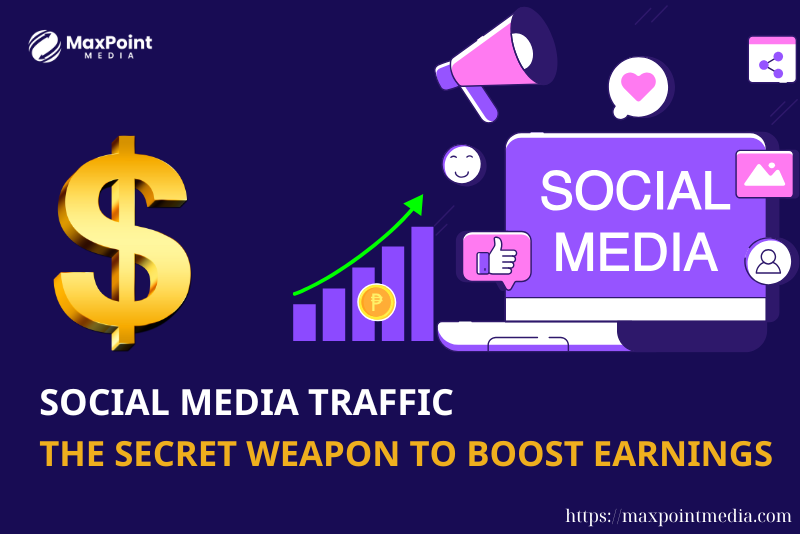Traffic from Google Ads
Traffic from Google Ads in Affiliate Marketing: An Effective Strategy to Boost Conversions

In today’s increasingly competitive affiliate marketing landscape, having access to high-quality traffic plays a vital role in the success of any campaign. Among the many available traffic sources, Google Ads stands out due to its ability to reach users at the right time, with the right needs, and the right message. In this article, MaxPoint Media will walk you through how to leverage Google Ads traffic to generate sustainable conversions for your affiliate campaigns.
1. What is Google Ads Traffic?
Google Ads traffic refers to user visits to your website or landing page via paid advertising within Google’s ecosystem, including:
- Search Ads (ads appearing in search engine results)
- Display Ads (image ads across Google's display network)
- YouTube Ads
- Discovery & Performance Max campaigns
Unlike other traffic sources such as social media, SEO, or email, Google Ads allows you to reach users precisely when they are searching for something they need, significantly increasing the chances of immediate conversions.
2. Why Use Google Ads in Affiliate Marketing?
- Precise targeting: With intelligent keyword and audience targeting, you can reach the exact users who are actively interested in your product or service.
- Fast deployment: You can create a campaign and start receiving traffic within just a few hours.
- Control over budget and performance: Google Ads allows optimization by CPC, CPA, or ROAS, giving you full control over your costs.
- Scalability: Once your campaign is performing well, it's easy to scale with a higher budget.

3. Steps to Launch an Affiliate Campaign with Google Ads
Step 1: Conduct Keyword & Market Research
- Choose high-intent keywords such as “best VPN for streaming,” “weight loss supplements 2025,” or “top survey sites for students,” depending on your vertical.
- Use tools like Google Keyword Planner, Ubersuggest, or SEMrush for in-depth analysis.
Step 2: Build a Suitable Landing Page
- The landing page must comply with Google Ads policies (no prohibited or misleading content).
- Ensure fast loading speed, mobile responsiveness, clear CTAs, and clearly explained value propositions.
Step 3: Set Up Your Ad Campaign
- Choose the appropriate campaign type: Search, Display, or Performance Max based on your goals.
- Target by keyword, device, location, age, interests, and more.
- Set bidding strategy based on CPA or conversions if tracking is already set up.
Step 4: Monitor – Optimize – Scale
- Track key metrics: CTR, CPC, Conversion Rate, ROAS.
- Optimize ads by tweaking content, keywords, and creatives.
- Scale when your campaign meets desired metrics (low CPL, positive ROI).

4. Important Notes When Using Google Ads for Affiliate
- Always check Google Ads policies for each vertical (Google is strict with niches like health, loans, sweepstakes, etc.).
- Set up accurate tracking via Google Tag Manager, Google Analytics, or postback from your affiliate network.
- Do not use advertiser brand keywords if restricted — this may lead to violations or account suspension.
5. Conclusion
Using Google Ads traffic in affiliate marketing is a promising strategy, especially if you're looking for a traffic source that is high-quality, stable, and scalable. However, success doesn't come from luck — it comes from understanding your product, targeting the right user insights, and optimizing every step of your campaign.
If you're searching for reliable, high-converting affiliate offers that are ideal for Google Ads campaigns — don’t hesitate to contact the MaxPoint Media team for full support! Click here!






.png)


